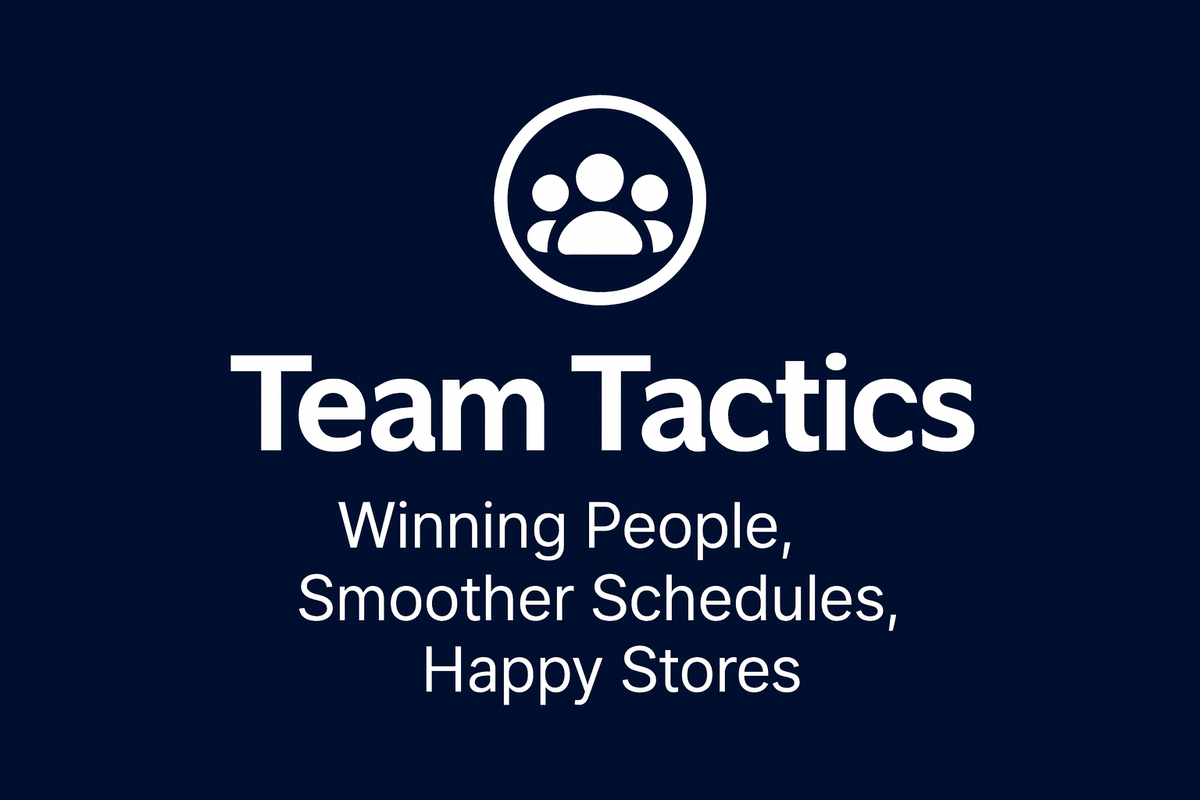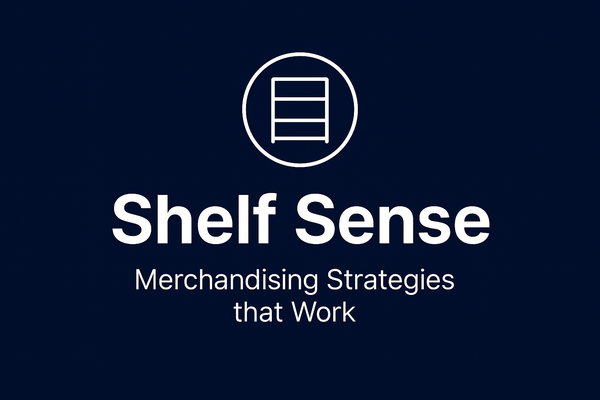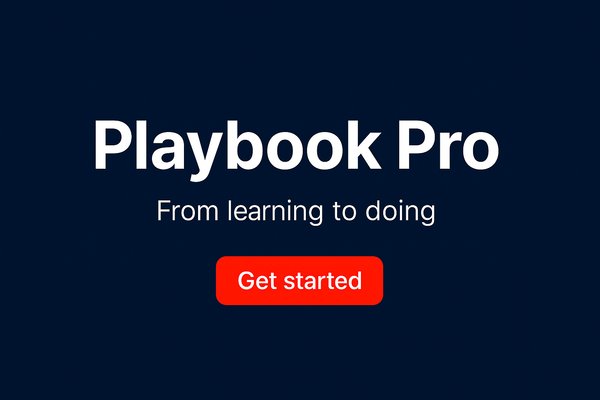Beyond Bullet Points: How to Write Job Descriptions That Actually Attract and Keep the Right People
Most job postings list duties—great ones sell opportunity. Learn how to write job descriptions that attract talent, reduce turnover, and build stronger teams using radical transparency and performance clarity.

Stores with well-crafted job descriptions see 40% more qualified applicants and 25% better retention rates, according to hiring research from ZipRecruiter, yet most convenience store job postings remain generic templates that fail to communicate real value propositions or actual job requirements. With industry turnover rates exceeding 130% for full-time employees and average hiring costs reaching $3,242 per manager and $1,196 per full-time worker, according to NACS data, the difference between a strategic job description and a template-driven posting can mean thousands of dollars in reduced turnover costs.
The tragedy is preventable. While competitors struggle with endless hiring cycles using outdated "duties and responsibilities" templates, winning operators transform their job descriptions into powerful tools that attract quality candidates while setting clear performance expectations from day one. The best convenience store job descriptions don't just list requirements—they sell opportunities, communicate culture, and help candidates self-select based on realistic expectations rather than wishful thinking.
What "Job Descriptions That Actually Work" Really Means
Job descriptions that actually work extend far beyond basic duty lists to include clear performance expectations, growth opportunities, cultural fit indicators, and realistic day-in-the-life scenarios that help both employers and candidates make informed decisions. Unlike traditional template-based job postings that focus on what the employer wants, effective job descriptions emphasize what the employee gains while being transparent about challenges and expectations, according to retail recruitment research from Monster.com.
The fundamental shift involves moving from requirement-focused postings to value proposition-focused communications. Rather than starting with "We need someone who can..." successful job descriptions begin with "You'll have the opportunity to..." or "In this role, you'll develop..." This approach attracts candidates who see potential for growth and contribution rather than just checking boxes for immediate employment.
Effective convenience store job descriptions include realistic day-in-the-life scenarios that help candidates understand actual work environments. When a job description explains that "busy Saturday mornings might involve managing checkout lines while preparing fresh coffee and assisting customers with lottery purchases," candidates can visualize whether they'll thrive in that environment, according to hiring best practices research.
The transparency extends to acknowledging both opportunities and challenges honestly. Ray Dalio's "radical transparency" approach applies directly to job description writing: most job descriptions hide the truth about what the job really involves, but radical transparency means being honest about both challenges and opportunities—letting candidates self-select based on reality, not fantasy.
Performance expectations become clear behavioral descriptions rather than vague aspirations. Instead of "provides excellent customer service," effective descriptions specify "greets every customer within 30 seconds, resolves complaints by finding solutions rather than excuses, and asks probing questions to understand customer needs before making suggestions."
Key Components of Effective Job Descriptions
Compelling Opening Statements That Sell the Opportunity
The opening paragraph determines whether quality candidates continue reading or move to the next posting. Successful convenience store job descriptions begin by highlighting the unique value proposition: career growth potential, skill development opportunities, community impact, or schedule flexibility that makes the position attractive, according to Indeed's recruitment strategy research.
Rather than starting with company history or generic role summaries, effective openings address candidate motivations directly. For example: "Ready to build customer service skills while earning reliable income with advancement opportunities? Our busy community store needs someone who enjoys fast-paced work and helping neighbors find what they need."
Specific Responsibilities Tied to Store Success
Generic duty lists fail to communicate how individual performance contributes to overall store success. Effective job descriptions connect daily tasks to business outcomes, helping candidates understand how their work matters beyond basic task completion, according to retail hiring research from Phenom.
The connection between individual tasks and store performance creates meaning and accountability. Instead of "stocks shelves," describe "maintains fully stocked displays that help customers find items quickly, leading to higher satisfaction and repeat visits." This approach attracts candidates who want to contribute to success rather than just complete tasks.
Clear Performance Metrics and Success Indicators
Vague performance expectations create confusion and eventual disappointment. Effective job descriptions include specific, measurable indicators that define success: customer satisfaction scores, sales targets, inventory accuracy rates, or safety compliance metrics, according to convenience store management research.
The metrics help candidates understand expectations while providing objective evaluation criteria that support fair performance management. When employees know they'll be measured on "maintaining 95% inventory accuracy and processing transactions with less than 1% cash variance," they can prepare appropriately and self-evaluate their fit for the role.
Growth Pathway Descriptions and Development Opportunities
Career development potential significantly influences application decisions, especially among younger workers who prioritize skill building and advancement opportunities, according to workforce research from Payactiv. Effective job descriptions outline specific progression paths, skill development opportunities, and training programs available to successful employees.
The growth narrative transforms entry-level positions into career stepping stones. Descriptions that explain "successful associates often advance to shift leader roles within 6-12 months, with additional training in scheduling, inventory management, and team leadership" attract ambitious candidates who see long-term potential.
Cultural Values Integration and Team Dynamics
Company culture fit significantly affects retention rates, making cultural communication essential for attracting compatible candidates, according to employer branding research. Effective job descriptions communicate workplace values, team dynamics, and behavioral expectations that define successful cultural integration.
The cultural communication helps candidates assess compatibility before applying. Descriptions that explain "our team values helping each other during busy periods and celebrating individual successes together" attract collaborative candidates while discouraging those who prefer isolated work environments.
Realistic Challenge and Expectation Setting
Transparency about job challenges prevents surprise departures while attracting candidates who thrive in demanding environments. Effective job descriptions acknowledge difficult aspects—busy periods, physical demands, difficult customers—while framing them as opportunities for growth and skill development, according to retail recruitment best practices.
The honest approach builds trust and sets realistic expectations. When descriptions acknowledge that "weekend shifts can be demanding with higher customer volume and more complex transactions," candidates can make informed decisions about their ability and willingness to handle those challenges.
Operational Advantages Through Strategic Job Descriptions
Transparent, well-written job descriptions reduce turnover by helping candidates self-select based on realistic expectations rather than discovering mismatches after hiring. When job descriptions accurately communicate work environment, challenges, and opportunities, successful applicants arrive with appropriate expectations that support longer tenure and better performance, according to workforce management research.
Interview quality improves dramatically when candidates understand role requirements and expectations before applying. Rather than spending interview time explaining basic job functions, managers can focus on assessing cultural fit, problem-solving capabilities, and growth potential among pre-qualified candidates.
Performance management becomes more objective and fair when job descriptions establish clear expectations from the beginning. Employees who understand specific performance metrics and behavioral expectations can self-monitor and improve more effectively, reducing management time while improving overall performance, according to retail management research.
Ray Dalio's radical transparency principle transforms job descriptions from marketing tools into honest communications that build trust and set appropriate expectations. As Dalio learned at Bridgewater Associates, "Most job descriptions hide the truth about what the job really involves. Radical transparency in job descriptions means being honest about both the challenges and opportunities—letting candidates self-select based on reality, not fantasy."
The transparency approach particularly benefits convenience store hiring because it addresses common retention problems proactively. When job descriptions honestly communicate physical demands, customer service challenges, and schedule requirements, successful applicants arrive prepared for reality rather than discovering unexpected difficulties after hiring.
Practical Applications for Implementation
Auditing Existing Job Descriptions for Effectiveness
Systematic job description evaluation reveals opportunities for improvement that directly impact hiring outcomes. Operators should analyze current job postings for balance between requirements and value propositions, clarity of performance expectations, cultural communication effectiveness, and realistic challenge acknowledgment, according to recruitment optimization research.
The audit process involves comparing current descriptions against successful hiring outcomes. Positions with high-quality applicant rates and strong retention patterns often correlate with well-crafted job descriptions, while roles with ongoing hiring struggles may benefit from strategic rewriting.
Incorporating Store-Specific Details and Local Context
Generic job descriptions fail to communicate unique store characteristics that attract compatible candidates. Effective descriptions include specific details about store location, customer demographics, team dynamics, and local community connections that help candidates visualize their work environment, according to location-based hiring research.
Store-specific details create authentic connections with local candidates. Descriptions that mention "our store serves both morning commuters grabbing coffee and families shopping for weekend essentials" communicate customer variety and interaction expectations more effectively than generic customer service language.
Creating Role-Specific Performance Indicators
Different convenience store positions require distinct performance measures that reflect their unique contributions to store success. Cashier roles might emphasize transaction accuracy and customer satisfaction, while stock clerk positions focus on inventory accuracy and product presentation quality, according to role-differentiated management research.
The performance indicators should connect individual success to store performance outcomes. When employees understand how their specific contributions affect overall store success, they develop stronger ownership and motivation that supports retention and performance improvement.
Using Storytelling to Engage Candidates
Narrative elements make job descriptions more engaging while communicating culture and expectations effectively. Brief stories about successful employees, customer interaction examples, or team achievement celebrations help candidates visualize themselves in the role while understanding workplace dynamics, according to narrative recruiting research.
The storytelling approach particularly benefits convenience store hiring because it communicates the human element of customer service work. Descriptions that include examples like "last month, associate Maria helped a customer find the perfect gift for their daughter's birthday, creating the kind of personal connection that makes our store a community gathering place" attract service-oriented candidates.
Building Feedback Loops for Continuous Improvement
Systematic evaluation of job description effectiveness enables continuous optimization based on actual hiring outcomes. Operators should track application quality, interview conversion rates, hiring success, and retention patterns to identify which job description elements generate the best results, according to data-driven recruiting research.
The feedback loop should include input from successful employees about what attracted them to apply and what they wish they had known before starting. This information helps refine job descriptions to attract more candidates with similar success potential while setting more accurate expectations.
Store owners who master strategic job description writing create sustainable competitive advantages in attracting and retaining quality employees. While competitors struggle with endless hiring cycles using generic templates, operators with well-crafted job descriptions attract candidates who arrive with realistic expectations and genuine interest in contributing to store success.
The investment in thoughtful job description development pays dividends through reduced turnover, improved performance, and stronger team dynamics that support customer satisfaction and business growth. As convenience store competition intensifies and quality employees become increasingly valuable, the ability to attract and retain the right people through strategic communication becomes essential for long-term success.
The most successful convenience store operators recognize that hiring isn't just about filling positions—it's about building teams of people who want to contribute to customer satisfaction and business success. Job descriptions that communicate this opportunity honestly while setting clear expectations create the foundation for sustainable staffing solutions in an increasingly competitive labor market.
This article is part of the weekly "Team Tactics" series from C-Store Thrive.
Found this analysis helpful? Share C-Store Thrive with fellow convenience store owners who want to hire better people faster!





